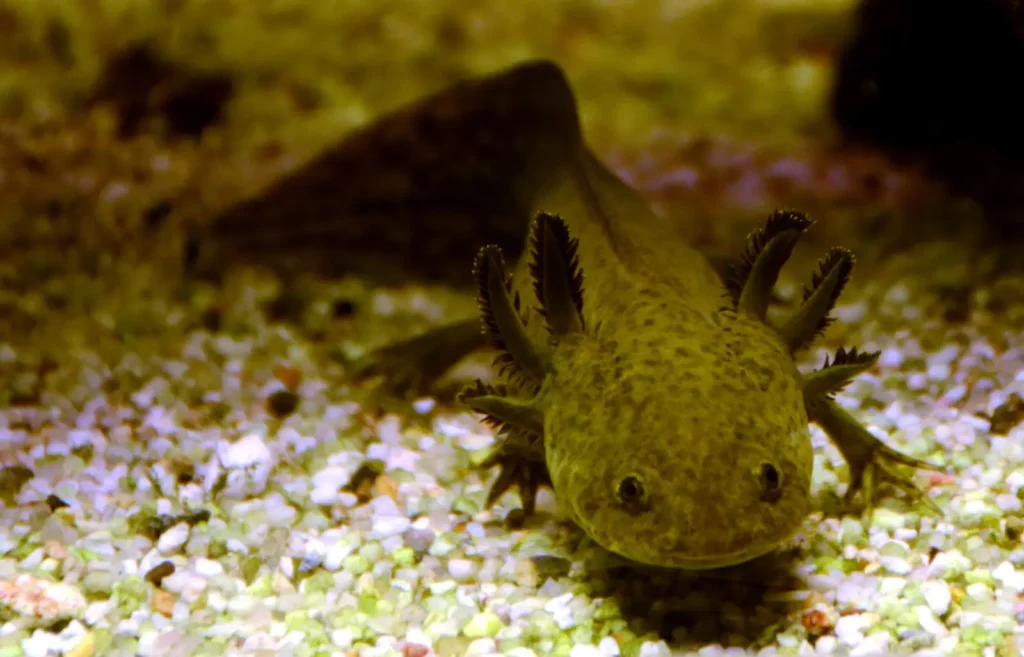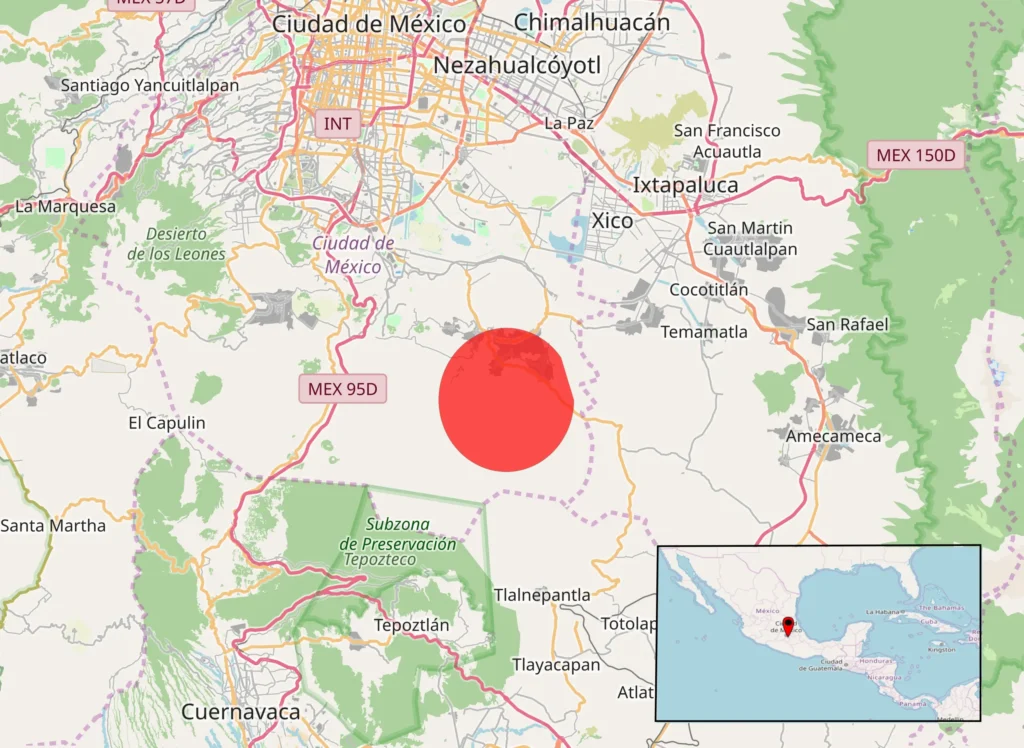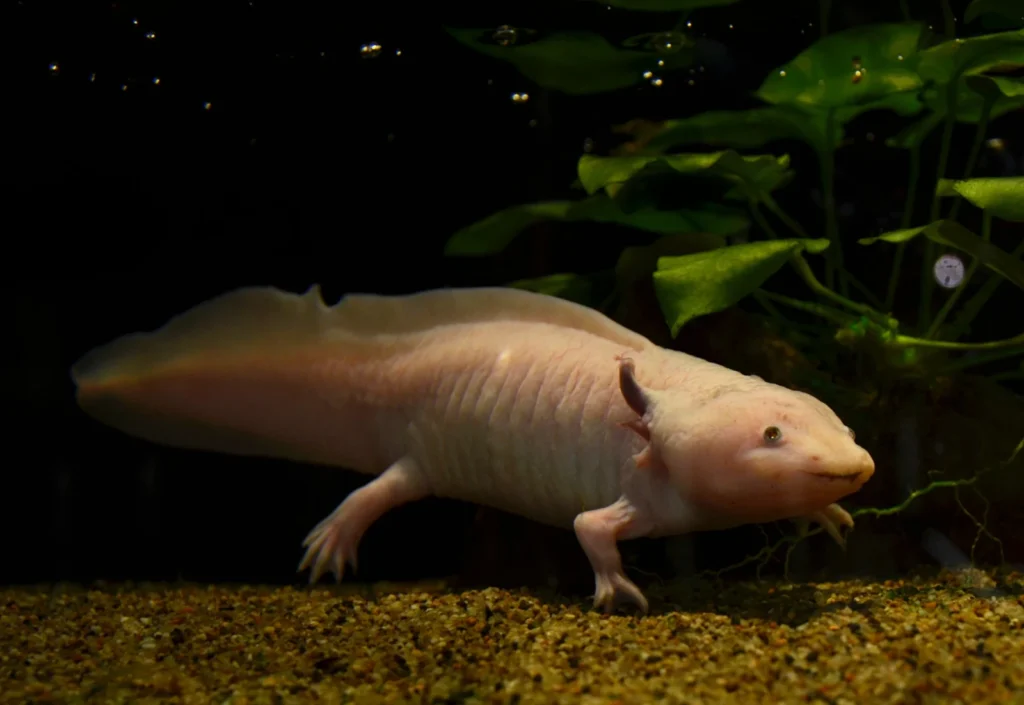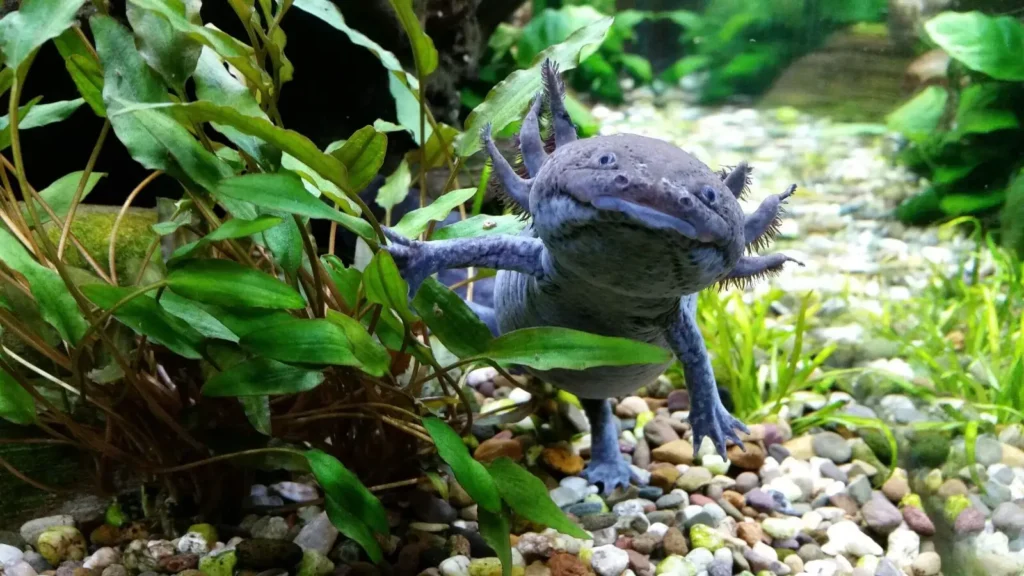Among all amphibians axolotl (Ambystoma mexicanum) takes up a special place thanks to its unique ability maintain larval form throughout life, incredible regenerations and mysterious appearances of the "water dragon".
📌 Why is the axolotl unique?
✔ Does not turn into an adult salamander (neoteny)
✔ It can regenerate limbs, parts of the heart and brain
✔ It has external gills that give it a fantastic appearance
✔ Popular in scientific research and aquariums
✔ It is on the verge of extinction in nature
Axolotl – a living relic that has existed for more than 140 million years! In this article, we will look at all aspects of this amazing creature's life - from its biological features to keeping it in an aquarium.

Scientific classification
✔ The Kingdom: Animals (Animalia)
✔ Type: Chordal (Chordata)
✔ Class: Amphibians (Amphibia)
✔ Row: Tailed amphibians (Caudata)
✔ Family: Ambistomovye (Ambystomatidae)
✔ Gender: Ambistomas (Ambystoma)
✔ View: Ambystoma mexicanum
📌 The closest relatives of the axolotl are the tiger ambystoma (Ambystoma tigrinum), which can undergo metamorphosis.
Appearance and features of the structure
🎨 Characteristic features:
✔ Elongated, fleshy body with smooth skin
✔ Three pairs of external gillsresembling feathers
✔ Wide "smiling" muzzle with tiny eyes
✔ Long tail with fin crest
🔹 Sizes
✔ On average 20-30 cm (rarely up to 45 cm)
✔ Weight-150-400 g
🔹 Color scheme
✔ Wild Form - dark brown or olive with spots
✔ The Albino - pink or gold with red gills
✔ Leucism - white with black eyes
✔ The Melanist - black or dark grey
📌 Axolotl coloration is determined by genetics and artificial selection.

Habitat and habitat
🌍 Where does it live?
✔ Endemic Mexico City Lakes (Chalco and Xochimilco)
✔ Fresh water bodies with slow currents, soft bottoms and lots of vegetation
❗ Problem:
✔ Lake Chalco is dry, and Khotimilko decreasedwhat threatens the wild axolotl population
📌 In nature, axolotls are almost extinct, but they are widely bred in laboratories and aquariums.
Neoteny is a unique axolotl trait
🔬 What is neoteny?
✔ Axolotl it doesn't go through a complete metamorphosisstaying in water form for the rest of your life
✔ Even in this state, he reaches puberty
📌 In some conditions, the axolotl can turn into an adult ambistoma, losing its gills and coming out on land!
Regeneration-an Axolotl superpower
🧬 What can an axolotl restore?
✔ Limbs, fingers, tail
✔ Parts of the heart, brain, and eyes
✔ Spinal cord and even internal organs
📌 Axolotls are actively researched in medicine to study the regenerative capabilities of humans.

Lifestyle and behavior
🔹 Active at night - during the day, it hides among plants or in shelters
🔹 Non-aggressive, but can bite off the limbs of other axolotls
🔹 Hunts by sucking up food
🔹 Lives about 10-15 years (in captivity up to 20 years)
📌 In the wild, axolotls feed on insects, worms, shellfish, and small fish.
Reproduction and development
💖 How do axolotls reproduce?
✔ Mating games-the male leaves spermatophores, and the female picks them up with a cloaca
✔ The female lays up to 1000 eggs on plants or rocks
✔ Larvae hatch via 10-15 days
📌 They look like smaller copies of adult axolotls and grow rapidly.
Keeping in the aquarium
🟡 Basic requirements:
✔ Volume: from 40 liters per axolotl
✔ Temperature: 14-20°C (higher temperature is harmful)
✔ Filtering: low flow, sponge filter
✔ Lighting: weak
🍽 Food in captivity:
✔ Earthworms, bloodworms, fish pieces
✔ Special pellets for axolotls
📌 The main thing is not to overheat the water and avoid sharp objects, as Axolotls have very delicate skin.

Threats and protected status
❗ The Axolotl is on the verge of extinction in nature!
✔ Water pollution, lake drainage
✔ Exposure to predatory fish (tilapia, carp)
✔ Poaching
🛡 International rescue efforts:
✔ Protected in nature reserves
✔ Bred in captivity to preserve the population
📌 The axolotl is listed in the IUCN Red List (category "critically endangered").
Interesting facts about axolotls
💡 Axolotl means" water monster " in Nahuatl
💡 Can breathe through gills, skin and lungs
💡 Has no eyelids and can't blink
💡 It is considered a sacred creature in Aztec mythology
Conclusion
Axolotl – one of the most amazing creatures in the animal world. He unique biology, regenerative ability and incredible appearance they make it a favorite of aquarists and scientists.
🔥 This "water dragon" not only impresses with its natural magic, but can also help science uncover the secrets of regeneration! 🦎✨
